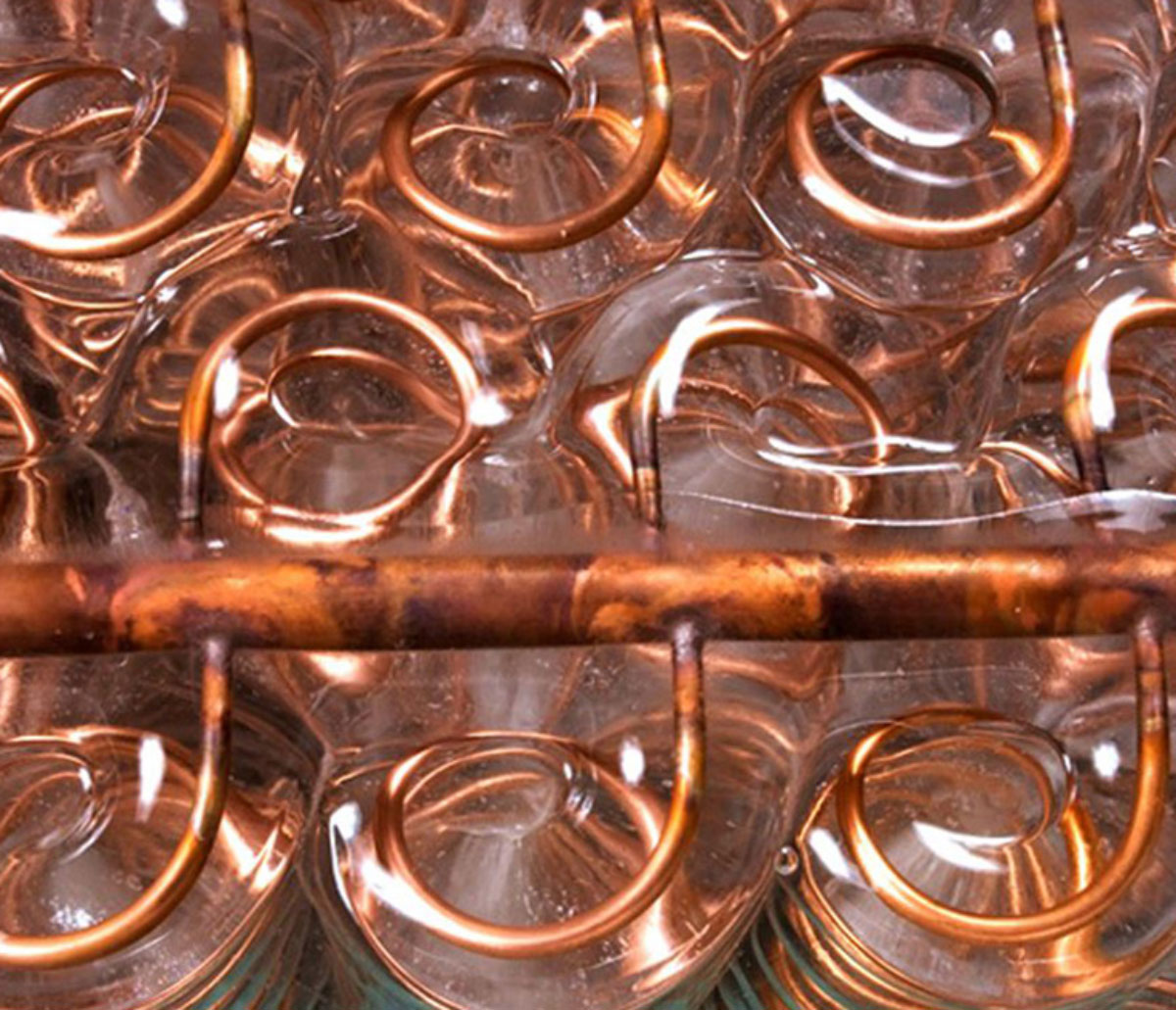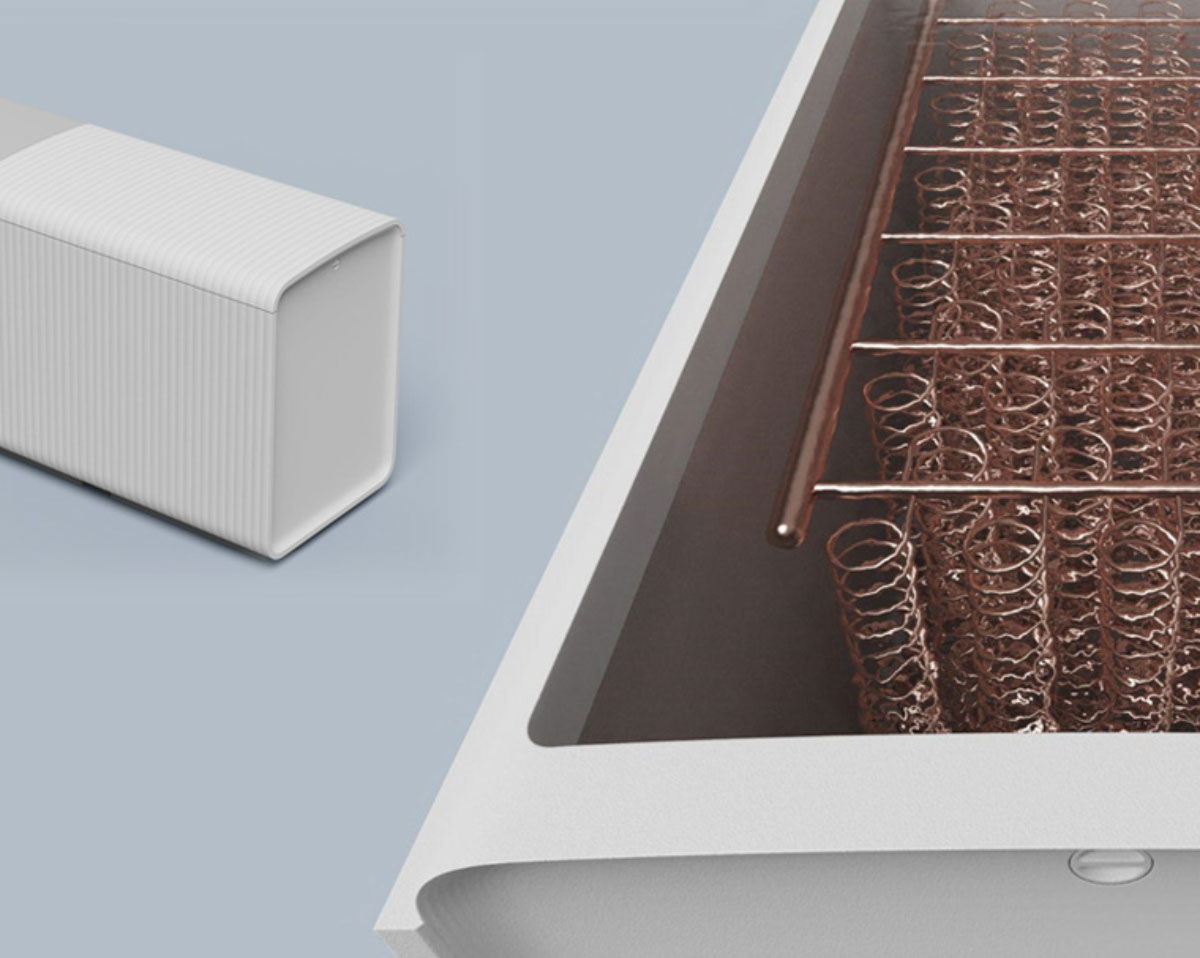Ice has been used as a means of refrigeration for thousands of years. Some sources say that in ancient Egypt, flat vessels filled with water were left out in the cold desert at night, and by dawn the water had turned to ice. This ice was collected and used to preserve food or for other purposes. In Iran, some yakhchal or “ice houses” still remain, semi-underground structures where ice was produced and stored for use throughout the year. Records date them back to 400 BC, almost 2,500 years ago. Today, so-called “ice batteries” are reviving this ancient tradition, but for a high-tech mission. The essence is the same, although the system, and its scale, is literally from another century.
What exactly are ice batteries? We’ll get to that: they are thermal ice storage systems that operate on a principle as simple as it is practical: using electricity at night, when demand and the cost of energy is low — or when there is a surplus of renewable energy — to freeze large volumes of water. This ice, stored in insulated tanks, is a cold reserve that can be used to cool buildings during peak demand hours, without the need to turn on energy-hungry conventional air-conditioning devices. The system therefore reduces energy use and operating costs for the buildings and facilities it serves.
Norton Audubon Hospital in Louisville, Kentucky, United States, is a success story. An ice battery system freezes around 280,000 litres of water every night, saving the hospital £278,000 in energy costs in its first year of operation alone. Beyond hospitals, the potential of these batteries could extend to data centres, which are energy guzzlers—between 30% and 40% of the electricity they consume goes into cooling—and even to homes with smaller units—such as those marketed by Ice Energy—which can reduce cooling bills by 40%.
At the forefront of research, scientists such as Professor Patrick Shamberger of Texas A&M University (Agricultural and Mechanical) are asking crucial questions: “What’s the right material at the right temperature? Can we make it reversible? Can we make it last 30 years?” Their research focuses on making the system more efficient and durable, including by experimenting with materials such as hydrated salts, which are crucial in the freezing and thawing process.

Morteza salehi70 - CC BY-SA 4.0
Without a doubt, with public incentives covering part of the investment, ice batteries are one of the most ingenious and “cool” solutions for acclimatising our present and, at the same time, building a more sustainable energy future.
Sources: Basen Green, Anthropocene Magazine, Associated Press, Alt Energy Mag, ITV Ice Makers, Wikipedia. Images: Ice Energy.








